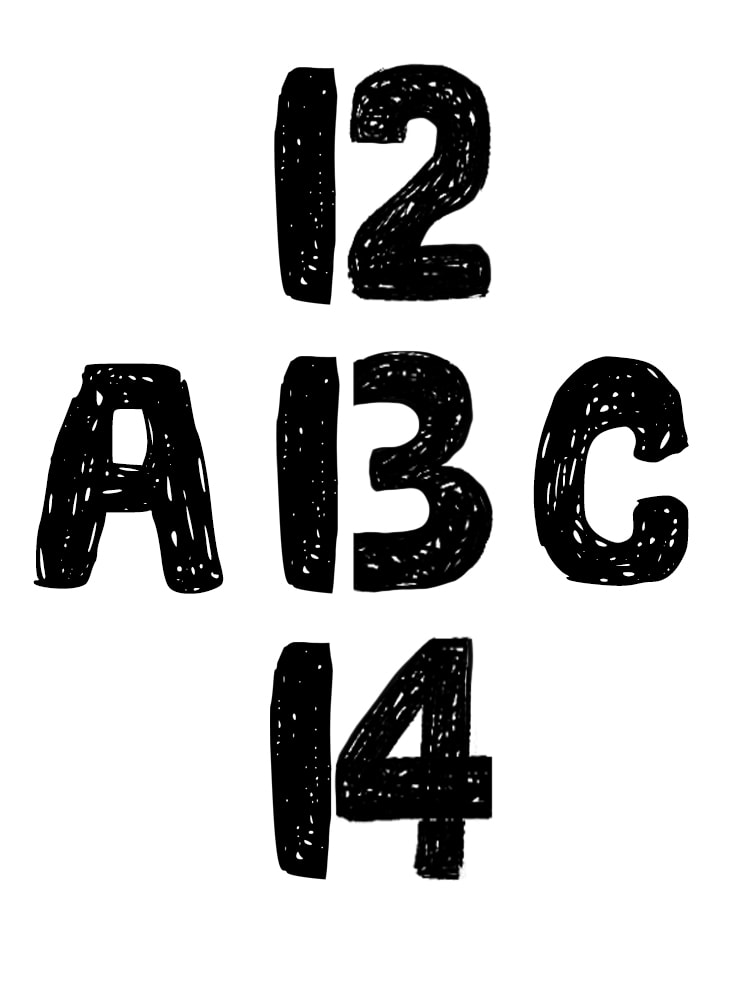Bottom-up processing refers specifically to information processing that processes stimuli beginning from the bottom. It begins with tiny details, and progresses up to more complex ideas. This is distinct from top-down processing, where you form an overall impression before looking for evidence that supports the idea. For example, a person who is observing an urban street could first make an impression of the area is packed with noise, chaos, and chaos. To confirm this impression, they may be looking for signs like crowds of people moving through, or traffic noise from nearby vehicles.

Because bottom-up processing tends be more data-driven than analytical, it has been studied extensively in relation with certain cognitive functions like perception and memory. It can also be used in other aspects of our lives, including creative endeavors and decisions, like design and art. Bottom-up Processing can be employed in a strategic and effective manner to solve more complex problems and gain greater insight into the underlying causes. Bottom-up processing, despite the negative connotations it carries in academic circles can be very beneficial in understanding our environment and our inner functioning.
At the heart of our actions and thoughts lies the intricate workings of the brain. This complex organ is a key component in our intelligence, memory and mood. A key mechanism that has been found to influence the way the brain works is known as bottom-up processing. It refers to the manner in which information is processed starting at the individual level of neurons, also known as nerve cells, up through interconnected neural pathways, which eventually affect higher cognitive processes like perception and attention. Not only has research shown that this process has massive effects on processes like memory and learning, but it may also hold great potential for treatment of disorders that range from Alzheimer’s disease to schizophrenia. Understanding the mechanism and bottom-up processing that occurs in brain function can help us uncover some of the mysteries that govern brain function. This could lead to the development of new and powerful tools for neuroscience, healthcare, and other fields.
Bottom-up processing is the way our brain process information. In contrast to top-down processing, that is focused on integrating prior information and beliefs into the learning process Bottom-up processing is based on the input of both new and raw information. By focusing on the individual components in the learning process including basic vocabulary and sounds, to complex concepts and concepts, bottom-up learning has been shown to be a highly effective approach for all types of learners.
One of the benefits of processing bottom-up is that it allows us to take a step back and concentrate on every element of information that we come across. This keeps us active and eager to learn new concepts, refine existing ones, or spot the potential for improvement. To better comprehend the content, we should identify how they are connected through networks and logical chains. By taking part in bottom-up processing we are able to become better learners and more effective communicators in general.
For more information, click Practicalpie